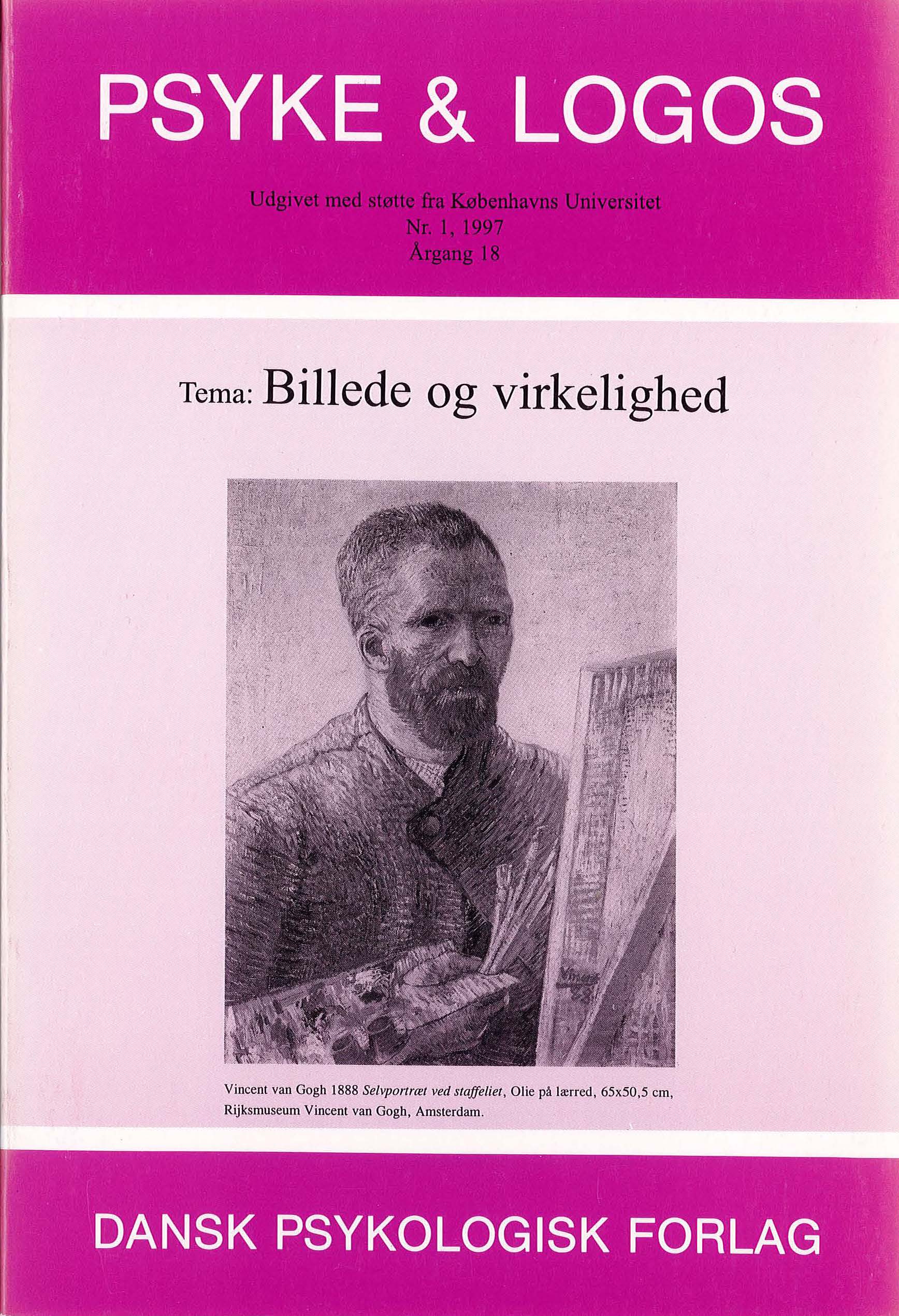BØRN OG BILLEDMEDIER
- med særlig vægt på de levende billeder
DOI:
https://doi.org/10.7146/pl.v18i1.133241Abstract
Starting out with a description of a smal! child's identification in relation to a film on television, trends within newer mass communication research are presented, with special focus on the area of children and television. Lately, focus has increasingly been put on the reception of media i.e. the meaning of television, and on the whole context between the media recipient, media content and the situation in which the media use takes place.
A picture of 14-15 year old children's ambivalent relationship to television is given.
Emphasis is put on the faet that there are gender differences, which is due both to the media reception and when the adolescents are media producers themselves.
After a short description of tv-advertising, a new phenomenon in Denmark, the article sums up saying that the media have the function of a kind of »parallel school« for children and young people, where they learn other - more emotional and irrational - things than in the established school. But still media education plays a minor role in the school, and some of the reasons for that are discussed. The article concludes that in a democracy it ought to be a »must« to educate children to aet as individuals who are able to make their choices, as well in general as in relation to the media.
Downloads
Published
How to Cite
Issue
Section
License
Ophavsret er tidsskriftets og forfatternes. Det er gældende praksis, at artikler publiceret i Psyke & Logos, som efterfølgende oversættes til andet sprog, af forfatteren frit kan publiceres i internationale tidsskrifter, dog således at det ved reference fremgår, at den oversatte artikel har et forlæg i en dansksproget version i Psyke & Logos. Artikler kan frit deles og linkes til på forsknings- og undervisningsnetværk (så som Blackboard). Link foretrækkes, fordi det giver oplysning om brug af tidsskriftets artikler.




